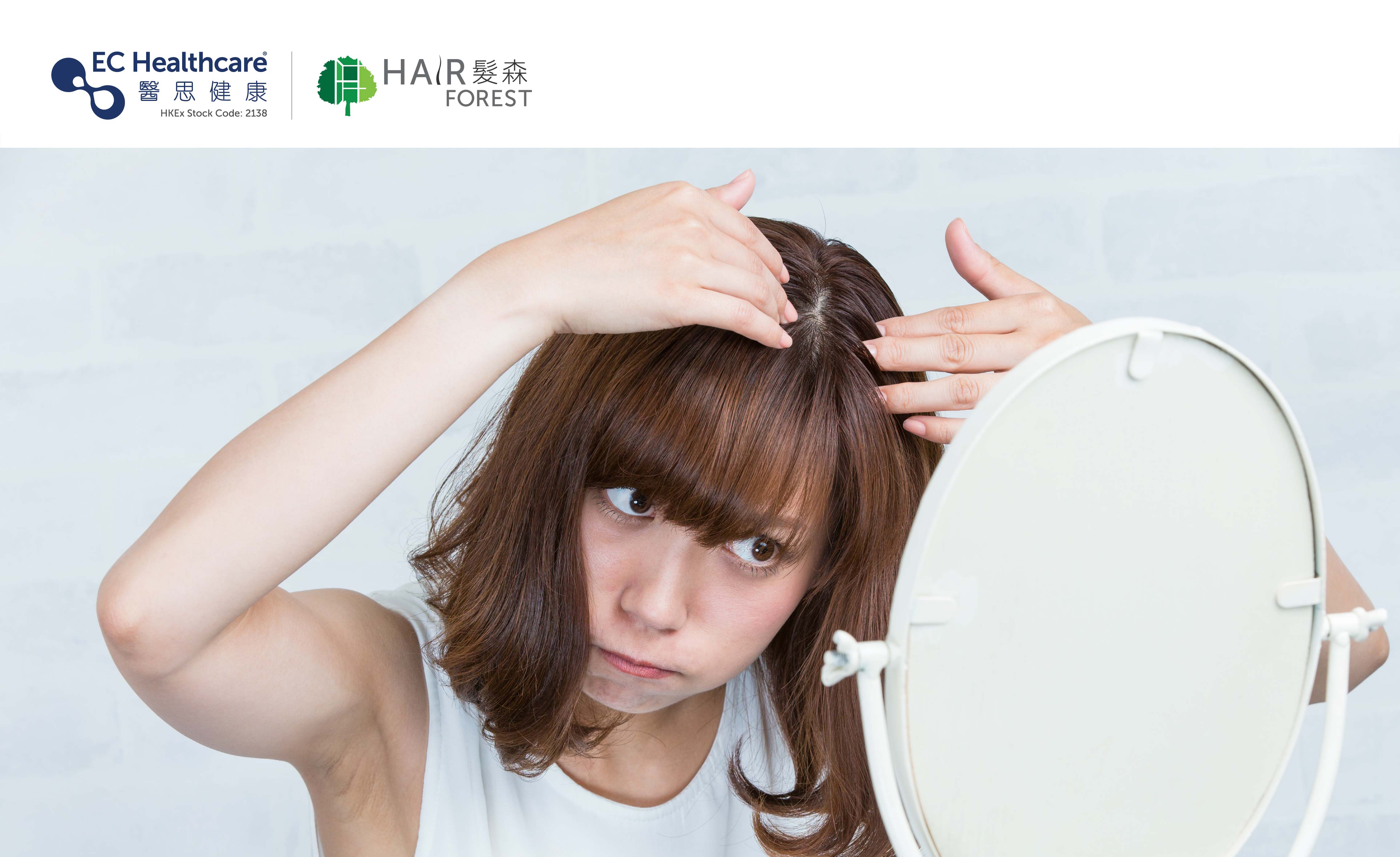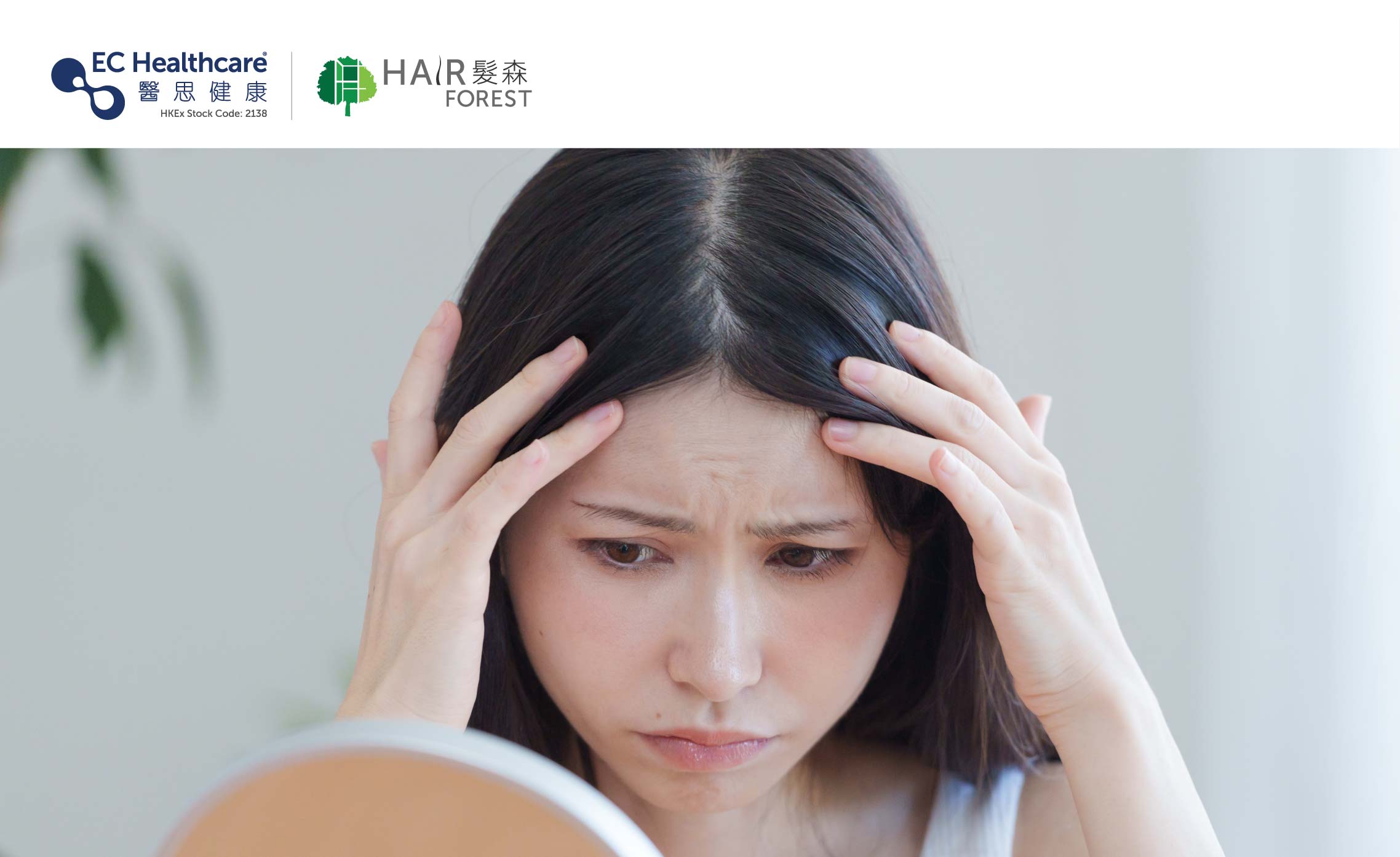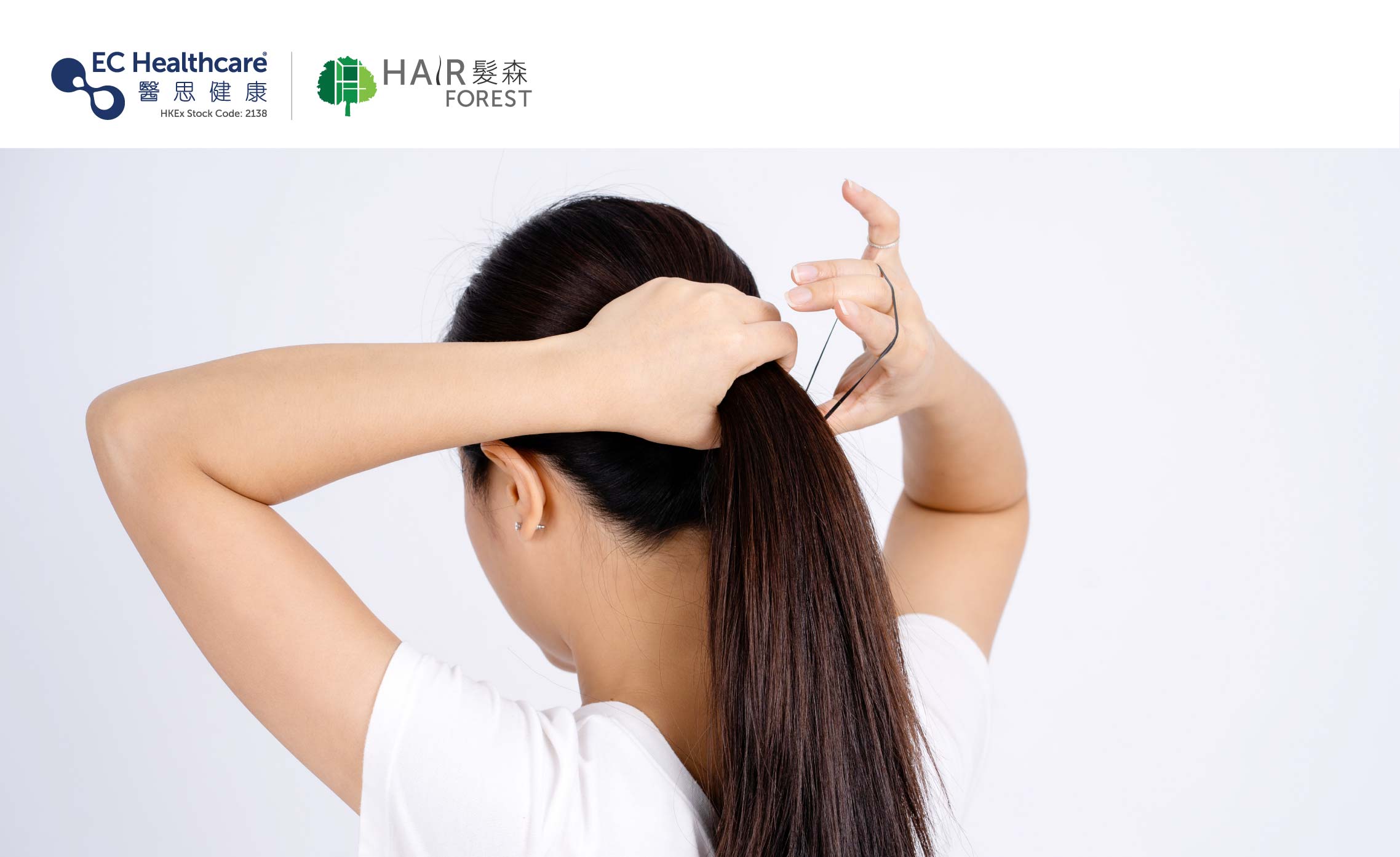Hair Woes Unveiled: 95% of Working Women Battling Hair Loss due to Styling and Work Stress


Hair is often considered a woman's pride and joy, and many of us love experimenting with different hairstyles, from elegant ponytails to sleek straight or curly locks. We rely on styling tools, hair sprays, and frequent salon visits for coloring and perm treatments to achieve our desired look. However, the excessive manipulation of our hair has led to a troubling trend—hair loss among women, and it's hitting us at a younger age than ever before. For the longest time, it was believed that hair loss primarily affected men. However, in recent years, hair loss has become increasingly prevalent among women, with a significant decline in the age at which it occurs. The reason behind this? The rising number of women in the workforce! Market research revealed that nearly 95% of employed women in Hong Kong, aged 25 to 45, are grappling with hair loss. The areas most commonly affected are the back of the head and the hairline. According to their shared experiences, frequent hair styling practices such as dyeing and perm, and the pressures of daily life are the main culprits behind women's hair loss. 60% of respondents believe that hair loss can impact their professional growth or career prospects. Some women also express concerns about the negative effects of hair loss on their relationships and fear potential discrimination. As a result, many turn to preventive measures such as anti-hair loss shampoos, serums, wigs, hair extensions, and even fiber powders to address this common issue.
For the longest time, it was believed that hair loss primarily affected men. However, in recent years, hair loss has become increasingly prevalent among women, with a significant decline in the age at which it occurs. The reason behind this? The rising number of women in the workforce! Market research revealed that nearly 95% of employed women in Hong Kong, aged 25 to 45, are grappling with hair loss. The areas most commonly affected are the back of the head and the hairline. According to their shared experiences, frequent hair styling practices such as dyeing and perm, and the pressures of daily life are the main culprits behind women's hair loss. 60% of respondents believe that hair loss can impact their professional growth or career prospects. Some women also express concerns about the negative effects of hair loss on their relationships and fear potential discrimination. As a result, many turn to preventive measures such as anti-hair loss shampoos, serums, wigs, hair extensions, and even fiber powders to address this common issue.
Why does frequent styling and work stress worsen hair loss?
The causes of hair loss in women are multifaceted and complex. Engaging in hairstyling practices such as hair straightening, coloring, perming, bleaching, and using hair extensions can damage the hair. The process of styling may involve pulling and tugging, which can harm the delicate and fragile hair follicles. Additionally, the use of styling products like hairsprays containing chemical ingredients can potentially clog or damage the scalp follicles. These factors contribute to the exacerbation of hair loss among women. In addition to the physical factors, the impact of stress on hair loss cannot be underestimated. When the central nervous system is constantly in a heightened state due to work-related pressures, it can disrupt its functionality. This can lead to scalp blood vessel constriction and reduced blood supply to the hair follicles, depriving them of essential nutrients. Moreover, inadequate sleep further shortens the follicle cell repair time, hindering normal growth and increasing the risk of hair loss.
Hair Specialists from Hair Forest and Celebrities Recommend "FUE Hair Transplant" for Hair Regrowth in Balding Areas
While wearing wigs, using hair extensions, or applying fiber powders may provide temporary solutions for hair loss, those seeking a long-lasting remedy for thinning or balding hair should consider the "FUE Hair Transplant" procedure, as endorsed by Hair Forest's hair specialists and renowned celebrities.

*Online reference photo
Ideal Candidates for FUE Hair Transplant:
.Moderate to severe hereditary hair loss
. Dissatisfaction with hair volume
. Receding hairline
."M" shape hair loss pattern
. Thinning hair at the crown
. Visible scalp due to hair thinning
. Sufficient hair follicles available for transplantation
. Desire for a scar-free result after the procedure
FUE Hair Transplant is a hair restoration procedure that utilizes minimally invasive techniques. Using small punches, ranging from 0.8 to 1 mm in diameter, individual hair follicles are carefully extracted by hand and transplanted to the areas experiencing hair loss. The result is a natural-looking hairline with virtually no pain or visible scars. The transplanted hair starts to appear within 4 to 6 months and continues to grow and increase in density over the course of a year. Once the hair has fully grown, you'll have the freedom to style it as you desire!










